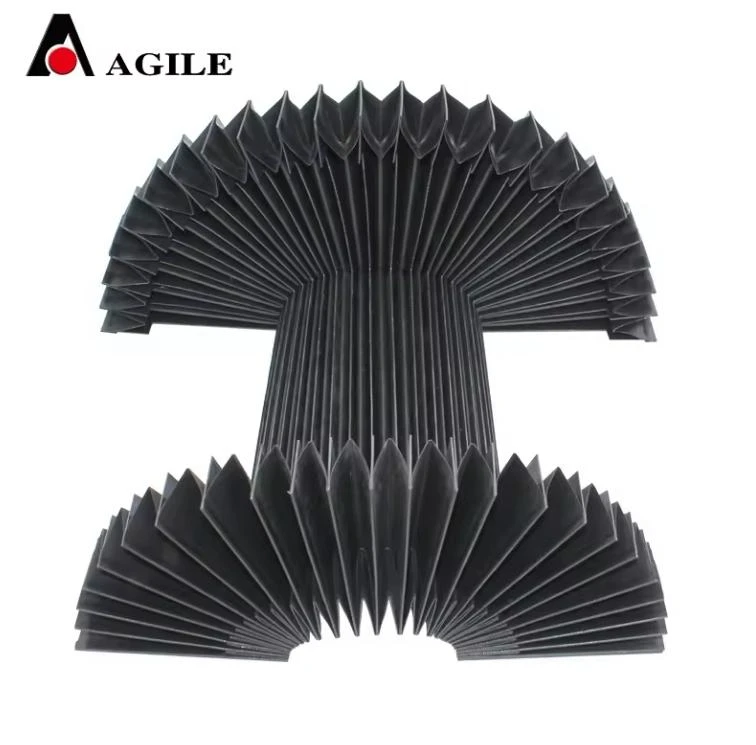drag chain link
Understanding Drag Chain Links Essentials for Efficient Cable Management
Drag chains, also known as cable carriers or energy chains, are essential components in various industrial applications, particularly in automated machinery and robotics. They are designed to organize and protect flexible cables, hoses, and tubing as they move in dynamic systems. Among the various components of a drag chain, drag chain links play a crucial role in ensuring smooth operation and longevity of the entire system.
What are Drag Chain Links?
Drag chain links are the individual segments that form a drag chain. These links are interconnected to create a flexible conduit that allows for unrestricted movement of cables and hoses. Typically made from high-quality plastics or metals, these links are designed to withstand the rigorous demands of movement while providing ample protection against wear and tear. The design of drag chain links enables them to adapt to different applications, making them a versatile choice for many industries.
Importance of Drag Chain Links
1. Protection One of the main functions of drag chain links is to protect cables and hoses from external damage, wear, and entanglement. In environments where machinery operates at high speeds or with complex movements, the risk of abrasion and kinks increases significantly. Drag chain links help mitigate these risks, extending the lifespan of the cables and hoses housed within.
drag chain link

2. Organization Drag chain links provide organized routing of cables and hoses. This organization is essential for efficient maintenance and serviceability. A well-organized system allows operators to quickly identify and rectify issues without sifting through tangled wires, thus enhancing operational efficiency.
3. Flexibility The flexibility of drag chain links allows for movement in multiple directions. They can accommodate vertical, horizontal, or curvilinear movement, making them suitable for a wide range of applications, including CNC machines, conveyor systems, and robotic arms. This flexibility is often enhanced through the design of the links, allowing them to pivot and bend without compromising the integrity of the cables inside.
4. Customization Drag chain links come in various sizes, shapes, and configurations. This customization allows industries to tailor their drag chains to meet specific needs, ensuring optimal performance in every application. Some manufacturers even offer bespoke solutions, developing drag chain links that match unique machinery requirements.
5. Reduced Noise and Vibration The design of drag chain links can also contribute to noise and vibration reduction. By providing a stable and secure environment for cables and hoses, drag chains minimize vibrations that can be detrimental to both cables and surrounding machinery.
Conclusion
In summary, drag chain links are pivotal to effective cable management in mobile applications. Their ability to protect, organize, and accommodate the changing dynamics of modern machinery makes them indispensable in many industrial settings. As technology continues to evolve, the materials and designs of drag chain links will likely advance as well, further enhancing their functionality and efficiency. By prioritizing the use of high-quality drag chain links, industries can ensure that their machinery operates smoothly and reliably, reducing downtime and maintenance costs in the long run. Whether in a factory setting, a robotics lab, or any application where movement is involved, the significance of drag chain links cannot be understated.








